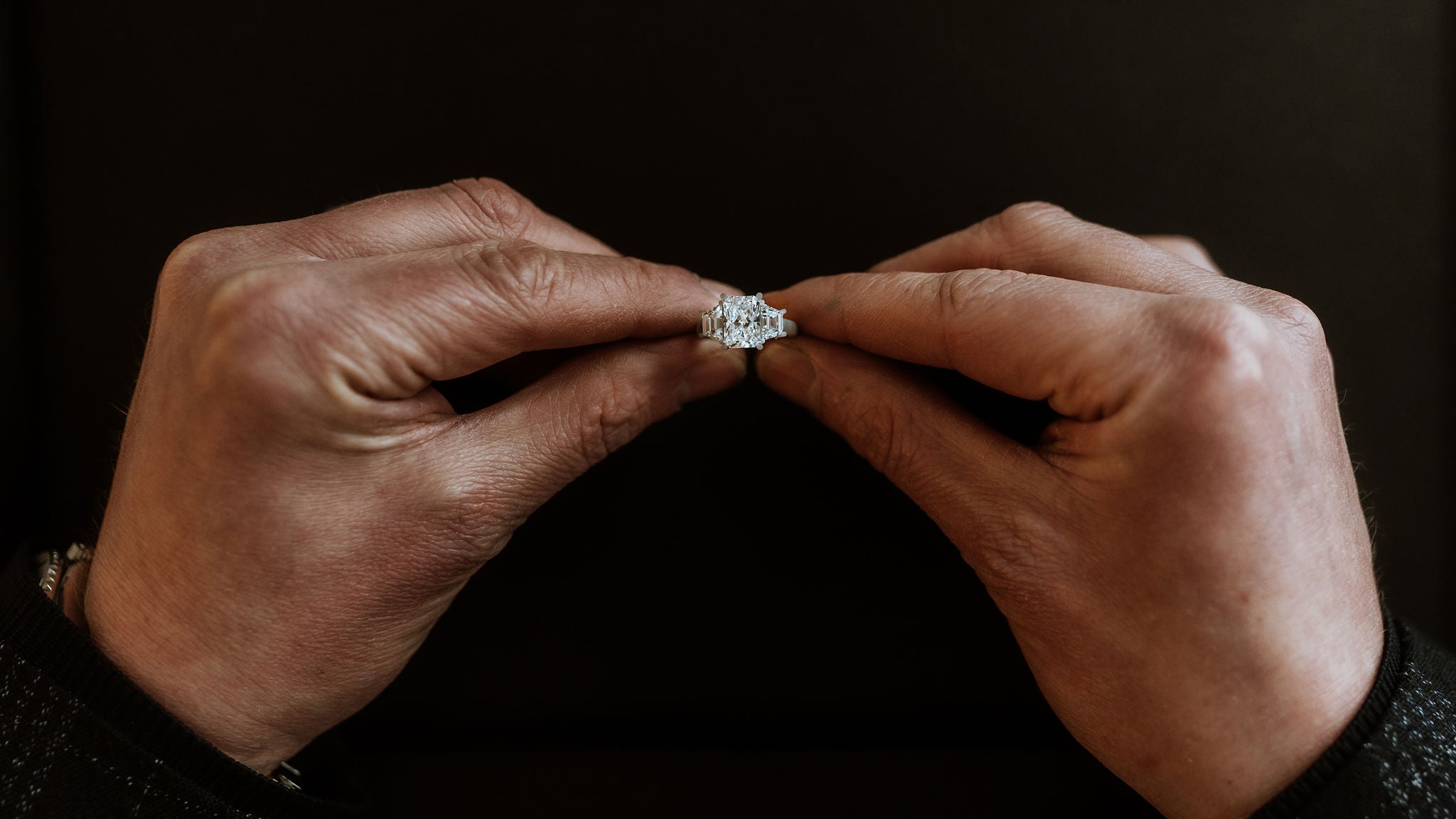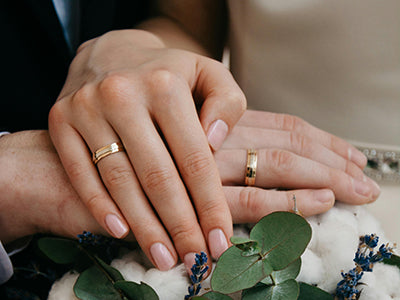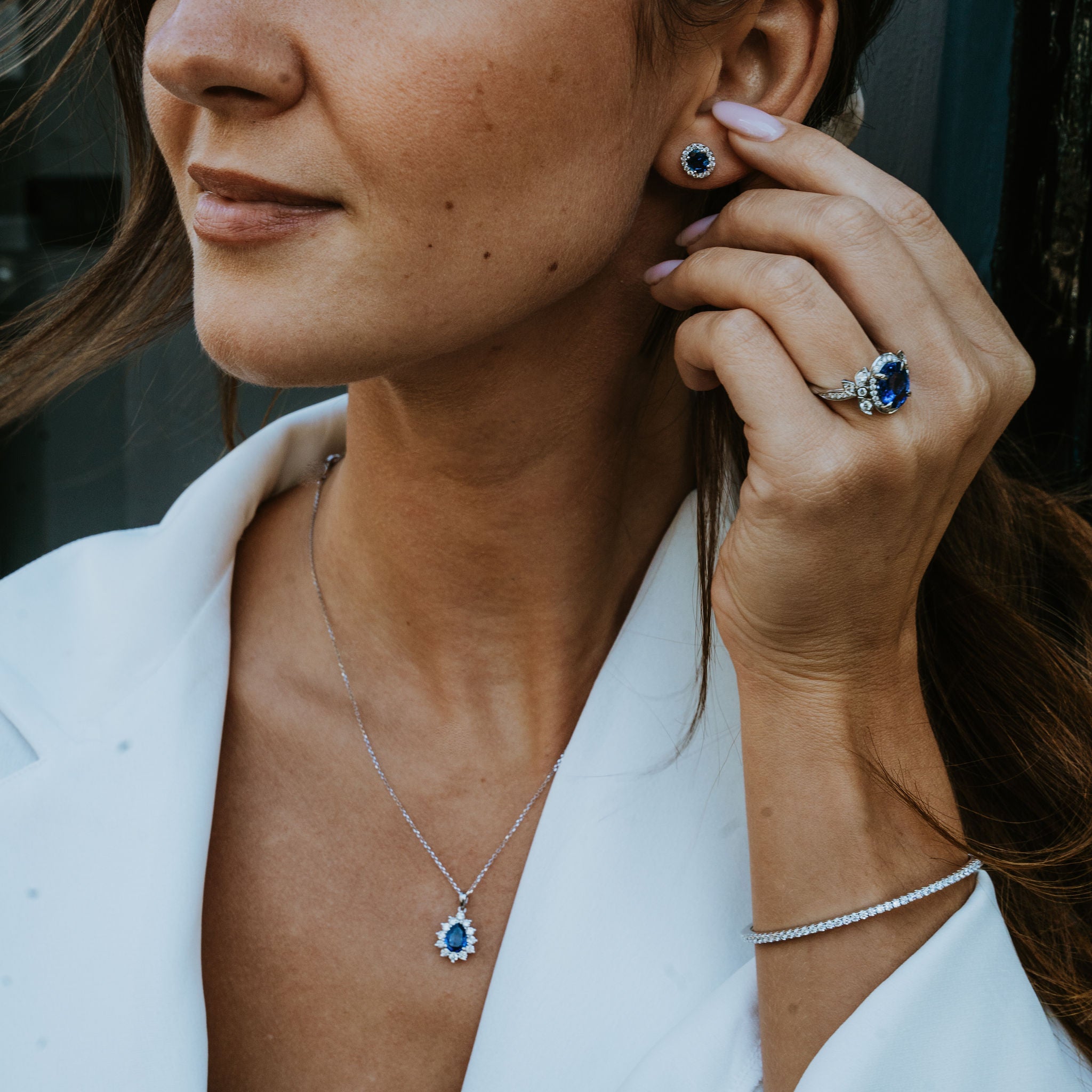 Few items can be more precious than engagement and wedding rings, which usually contain gems of some kind. In addition, you may have many other rings in your jewellery box ready for special occasions, plus earrings with their own stones for extra colour and lustre.
Few items can be more precious than engagement and wedding rings, which usually contain gems of some kind. In addition, you may have many other rings in your jewellery box ready for special occasions, plus earrings with their own stones for extra colour and lustre.
Whether regularly worn or not, the last thing you want is for these pieces of gemstone jewellery to be damaged. But, unfortunately, accidents happen and the question is what kind of repairs you need when this occurs.
Fixing metal damage is one issue, but what if the problem is with the gems themselves? If a stone is knocked loose by damaged metal but not damaged itself, then it can be refitted (assuming it isn’t lost) once the metal part is fixed. However, it is another matter if the stone is chipped, scratched or cracked.
Why Diamonds Are Forever
The first issue to consider is the type of stone itself, and, in particular, where it is to be found on the Mohs scale of hardness. This determines whether any particular gem is likely to be damaged in the first place.
At the very top of the Mohs scale at 10 are diamonds, which, as the hardest substance on Earth, will be the last thing to get scratched. Just below it at 9 are corundum gems, these being sapphires and rubies (with traces of other minerals determining whether it is blue or red). These are also very unlikely to be damaged.
This leaves one more stone in the ‘precious’ category, rather than semi-precious, which is emeralds. These are around 7.5-8 on the Mohs scale, which, as the scale is not linear but an upward curve, means they are considerably less than three-quarters of the hardness of diamonds.
Why Emerald Inclusions Can Be An Issue
Emeralds can pose some particular challenges. They are not ideal for everyday use because of their comparative softness, while they are also prone to cracks and fissures. Many of these exist as features within the stone, known as inclusions.
Inclusions can add to the character of an emerald, but they can also create points of vulnerability, while the crystalline structure of emeralds means they can be brittle.
These relative weaknesses mean emeralds in jewellery are more likely to get damaged. Sometimes, oil is used to mask the inclusions, but this can increase brittleness. On the other hand, emeralds with fewer inclusions are less vulnerable to damage.
If an emerald is damaged, an assessment will be needed to see what can be done about it. Small surface cracks may be fairly easy to repair, larger fissures less so. In some cases, a chipped emerald can be re-cut and re-set, although amendments would have to be made for the stone being smaller.
However, if the stone is badly damaged, the best move might be to replace it altogether.
Emerald is a form of beryl, so other kinds can similarly suffer chipping at the edges. However, many gems do not have the same risk of fracturing along fault lines.
Other Gems And Their Hardness
At the same time, some semi-precious gems are not as hard on the Mohs scale as emerald and therefore more at risk of damage. Examples include amethyst (7), carnelian (6.5-7), garnet (6.5-7.5), jade (6-6.5), opals (5.5-6.5) and zircon (6.5-7.5).
Because these are not as precious as emeralds and therefore less costly, the expense of replacements will not be as great. There may also be an expectation that because such stones are not as hard, they may not last as long.
However, it is also worth noting that some semi-precious stones can be harder than emeralds, with topaz and spinels among those ranked a solid 8 on the Mohs scale.
How Jewellers’ Skills Can Make All The Difference
Indeed, wherever your gemstones appear on the Mohs scale, there are ways they can be rejuvenated after some damage. One of the key skills that jewellers learn is how to repolish gemstones as well as recut them and apply other repair methods.
Indeed, it may be that polishing by an expert will be enough to smooth out any minor chips and scratches on relatively soft stones. Only if there is much greater damage should the stone be considered for re-cutting or replacement.
The level of hardness in any gemstone can be a major factor in any decision over what to buy in the first place. Clearly, a ring that has a diamond, sapphire, ruby or combination of these stones (such as in a trilogy ring) is unlikely to suffer damage to the gems themselves.
Nonetheless, many people will have ideas based on budget or colour preference that will prompt them to choose other stones. There is nothing wrong with this, but it certainly helps to have an idea of what the options are for dealing with any damage that may occur.





